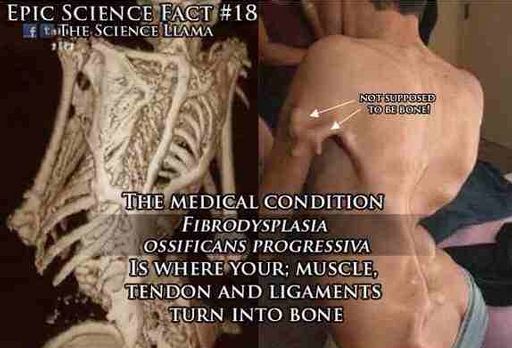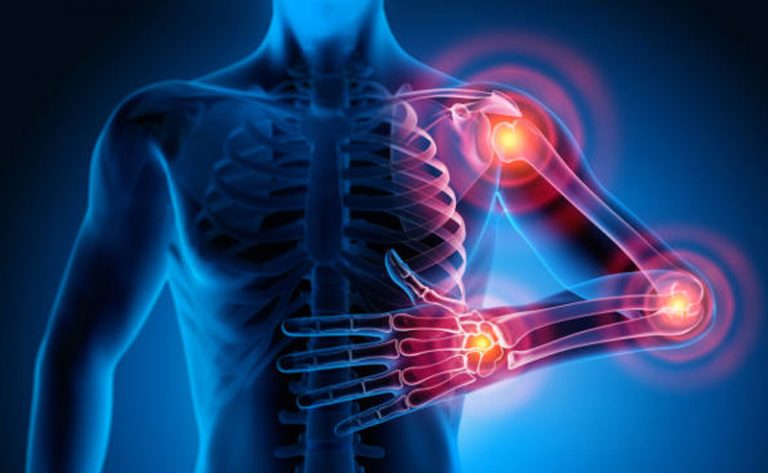There is a connective tissue disease that turns your muscles into bones

Fact: There is a connective tissue disease that turns your muscles into bones.

Connective tissue plays a vital role in supporting and connecting various parts of our body. It includes tissues such as tendons, ligaments, cartilage, and bones, which are responsible for providing structure, strength, and stability to our body. However, there is a rare and debilitating connective tissue disease known as Fibrodysplasia Ossificans Progressiva (FOP) that turns muscles, tendons, and other soft tissues into bone.
Understanding Fibrodysplasia Ossificans Progressiva (FOP)
Fibrodysplasia Ossificans Progressiva, also referred to as FOP or “Stone Man Syndrome,” is an extremely rare genetic disorder that affects the musculoskeletal system. It is estimated that only about 1 in 2 million people worldwide suffer from this condition. FOP is characterized by the progressive formation of extra skeletal bone in muscles, tendons, ligaments, and other connective tissues.

How does FOP Occur?
Fibrodysplasia Ossificans Progressiva occurs due to a genetic mutation in the ACVR1 gene, which regulates bone and muscle development. Normally, ACVR1 controls the formation of tendons and ligaments during the early stages of embryonic development. However, in individuals with FOP, a specific mutation causes this gene to become hyperactive, leading to abnormal bone formation even in response to minor injuries or inflammation.
The Dangers of FOP
The formation of extra bone in soft tissues progressively restricts movement and can result in the fusion of joints. Over time, as more muscles and tendons turn into bone, individuals with FOP may experience severe disability, making simple tasks such as walking or reaching extremely challenging or impossible. Additionally, this condition can also affect the chest muscles and restrict lung expansion, leading to respiratory difficulties.
Diagnosis and Treatment Options
Diagnosing FOP can be challenging since its symptoms may not be present at birth. The disease becomes evident during early childhood when bone formation in abnormal locations occurs. Currently, no cure exists for FOP, and treatment options are limited. The focus is primarily on managing symptoms and providing supportive care. Surgical interventions are generally avoided due to the risk of triggering more bone growth.
Research and Awareness
While FOP is considered a rare disease, several research organizations and foundations are diligently working towards understanding its causes and potential treatment options. By increasing awareness and funding research initiatives, medical professionals aim to improve the quality of life for individuals affected by FOP.
In conclusion, Fibrodysplasia Ossificans Progressiva is a debilitating connective tissue disease that causes muscles and soft tissues to turn into bone. This rare genetic disorder poses significant challenges to affected individuals, limiting their mobility and impacting their overall quality of life. Continued research, awareness, and support are essential for finding effective treatments and providing assistance to those with FOP.
Source: Wikipedia - Fibrodysplasia Ossificans Progressiva
Share
Related Posts
Quick Links
Legal Stuff

